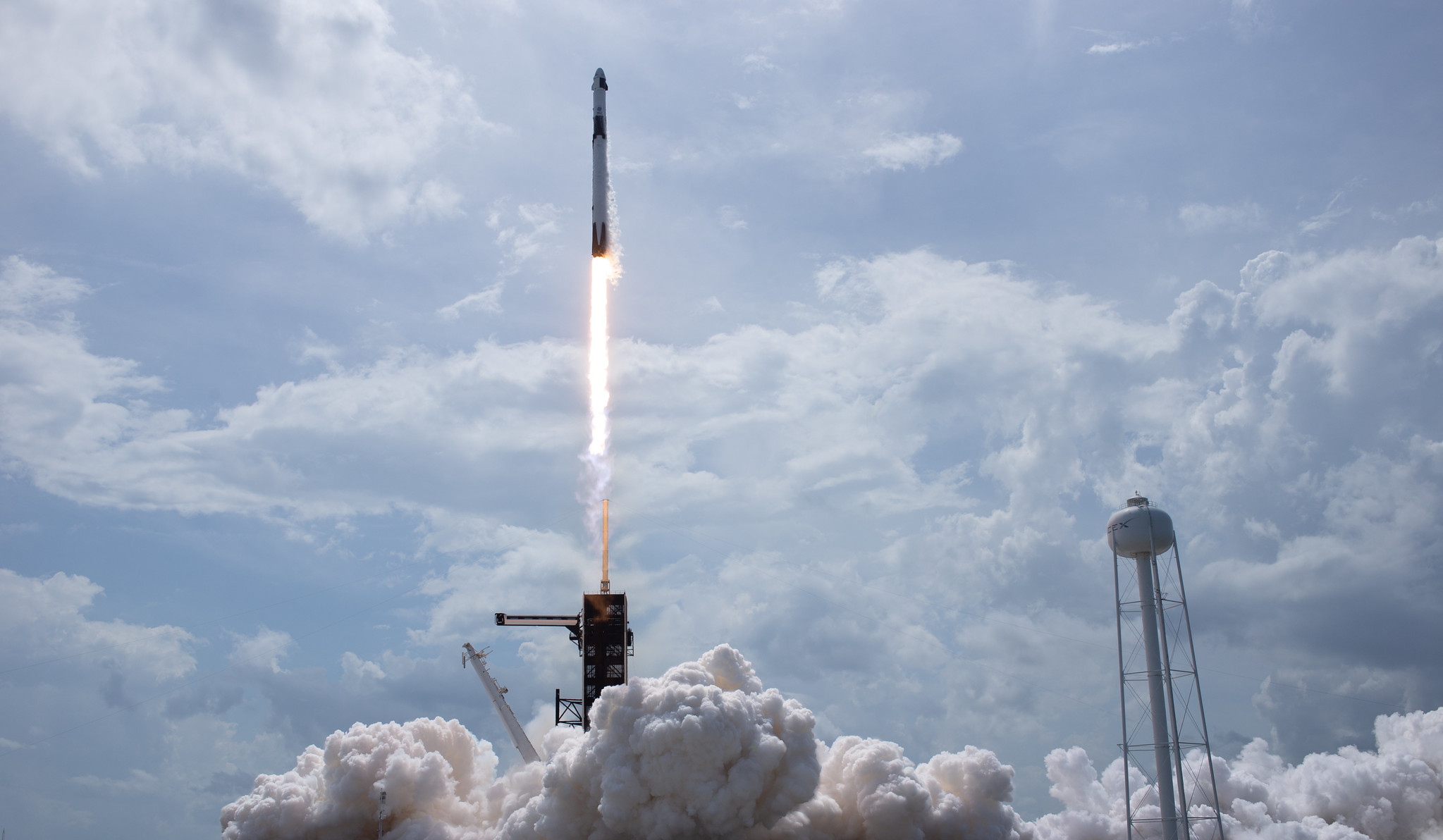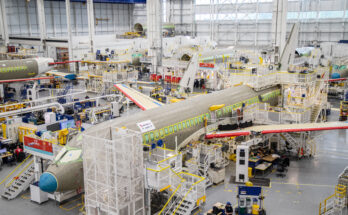
On Tuesday September 19, a Falcon 9 first stage launched for the 17th time. This feat set a record for reusability in spaceflight. As the industry pursues reusability, in part to reduce launch price, SpaceX has proven to be a leader in this sector. The launch itself was nominal and brought 22 Starlink satellites to orbit.
Development of SpaceX’s first rocket, the Falcon 1, began in 2002, and in March 2003, SpaceX conducted the first firing of the Merlin engine. After two unsuccessful tries, SpaceX successfully launched a Falcon 1 with the RazakSAT satellite from Kwajalein Atoll on September 13, 2009. SpaceX only conducted five flights of the Falcon 1 before terminating the program so it could focus on larger launch vehicles. Falcon 1 paved the way for the Falcon 9 we know today. The Falcon 9 is a two-stage launch vehicle powered by liquid oxygen and rocket-grade kerosene. It is designed to launch approximately 23,038 pounds (10,450 kg) to low-Earth orbit (LEO) or 10,010 pounds (4,540 kg) to geosynchronous transfer orbit (GTO).
The first stage is reusable, and launching 17 times is an impressive feather in the cap for the company. Other launch providers are looking at reusability as well. Rocket Lab has intentions to reuse its first stage on its Electron and future Neutron rockets. And Rocket Lab recently launched a mission with a reused engine. Companies such as Blue Origin and Rocket Factory Augsburg are seeking to reuse portions of their launch vehicles as well.
Reusability will, in part, continue to revolutionize the industry. Theoretically, the reuse of a first stage will decrease overall costs over time. The main purpose of recovery is generally reusing the engines, which are a costly part of a rocket. As time goes on, reusability will become more commonplace, but, with 17 launches, SpaceX has a commanding presence within the market.
Carter Palmer has long held a keen interest in military matters and aviation. As a FI's space systems analyst he is responsible for updating the reports and analyses within the Space Systems Forecast – Launch Vehicles & Manned Platforms and Space Systems Forecast – Satellites & Spacecraft products.




